Today, there is dangerous news from Ukraine.
Russia has been trying for years to put Ukraine’s energy sector permanently out of service, but they haven’t managed to achieve that so far. Now, they have carried out their biggest strike campaign to date.
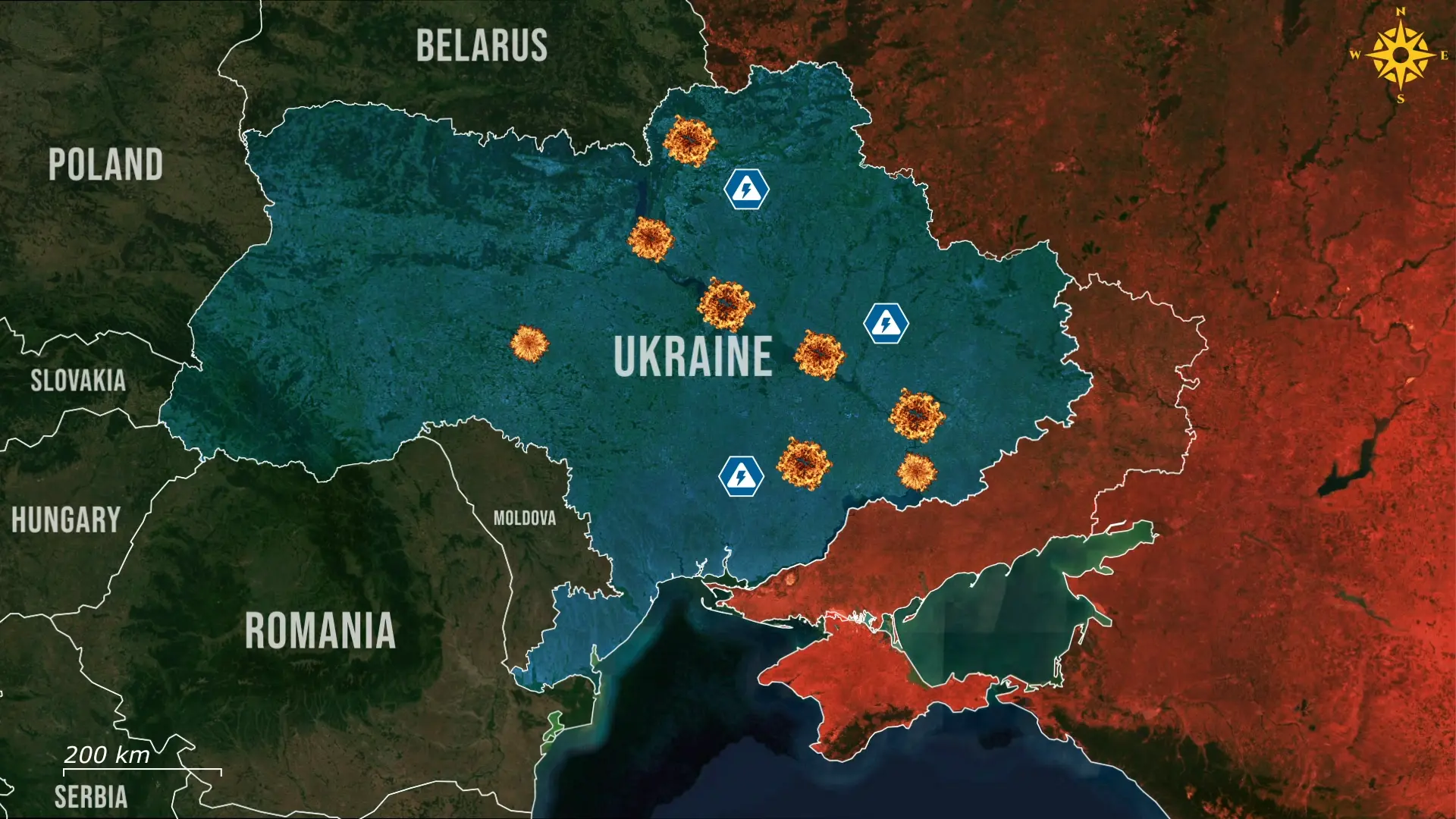
Russian forces launched an unprecedented assault using over 458 drones and 45 cruise and ballistic missiles targeting Ukraine’s energy infrastructure in a single day.
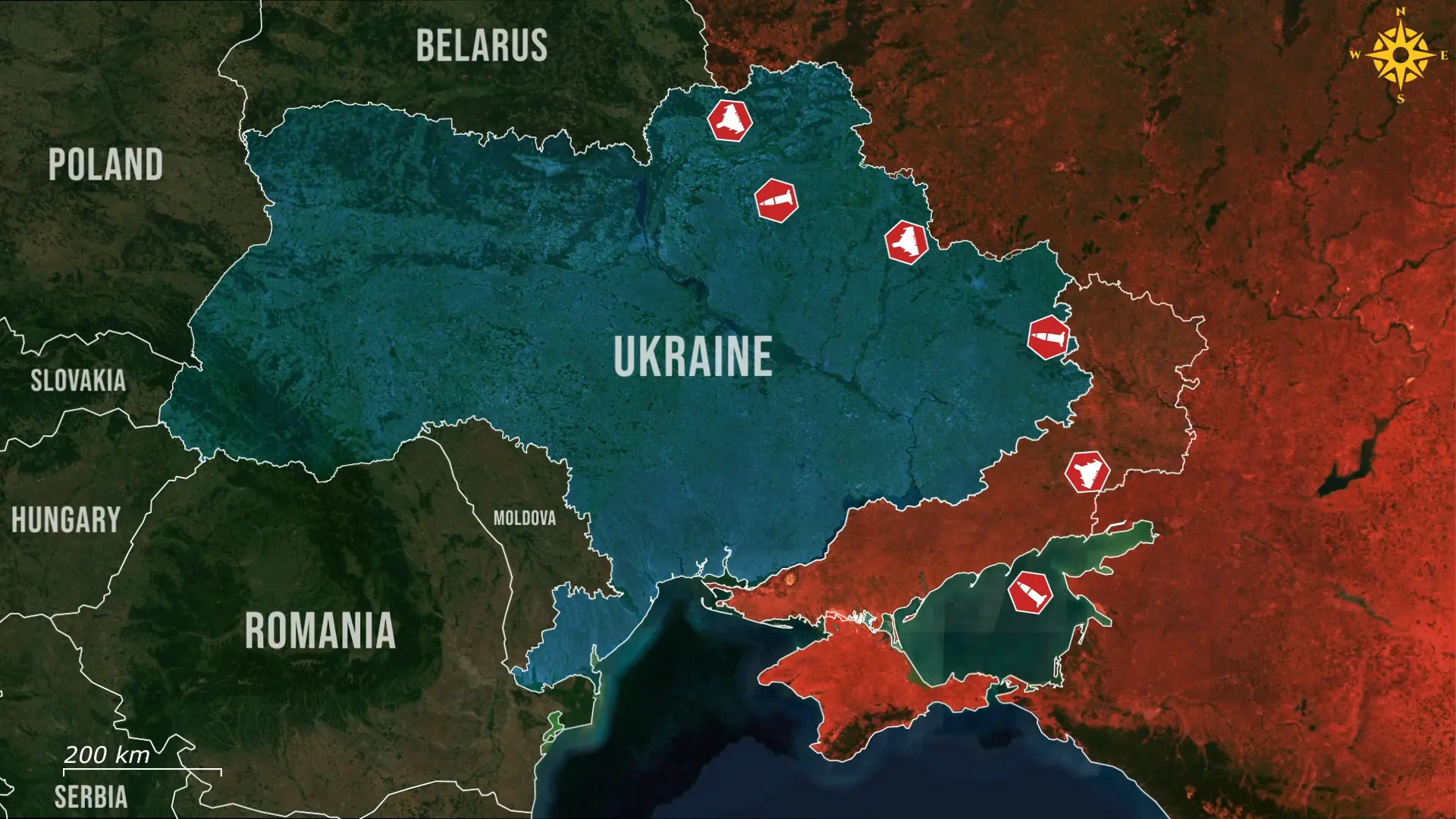
They hit the Zmiiv Thermal Power Plant, one of the largest coal-fired power plants in Ukraine, causing significant structural damage, rendering the facility inoperable. On the same night, Russian missiles struck the Kremenchuk Hydroelectric Power Station in the Kirovohrad region, which destroyed four generators, several transformers, and cooling reservoirs, halting power output. The Prydniprovska Thermal Power Station also experienced successive explosions, setting the facility ablaze. The Trypilska thermal power plant was also hit, which led to the complete halt of electricity production.

Russia’s unified campaign was directed against Centrenergo, Ukraine's largest state-owned thermal power producer, whose plants supplied about 14% of Ukraine's pre-war electricity. Because of the strikes, Centrenergo reported the suspension of operations at all thermal power plants nationwide. Thermal power plants were already functioning at approximately 20%, which resulted in the reduction of pre-war electricity generation capacity from 56 Gigawatts to between 9 and 18 Gigawatts. This selective targeting crippled coal- and hydro-dependent output, forcing reliance on nuclear plants and EU imports.
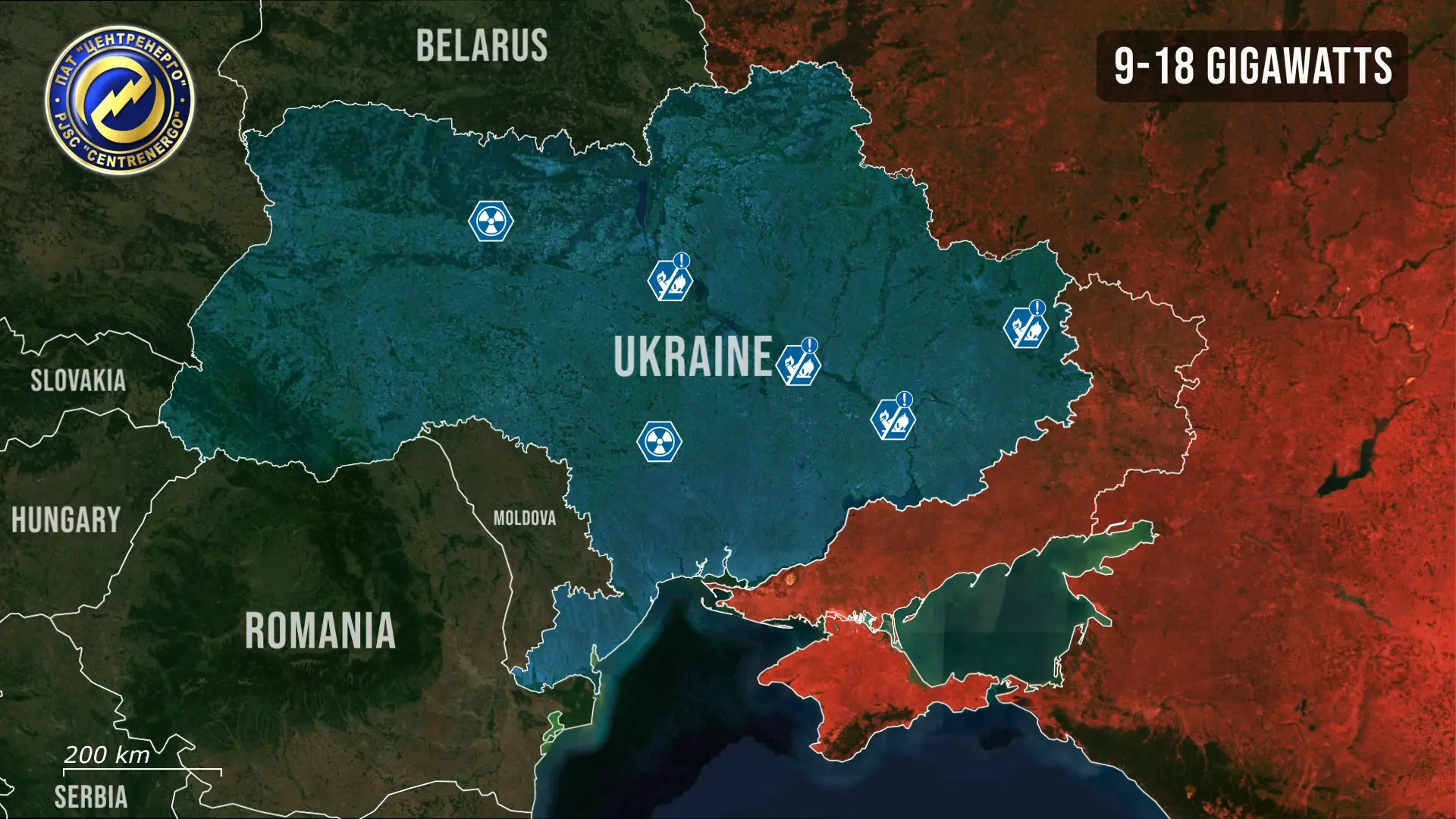
The hits spanned five oblasts from Kharkiv, Dnipropetrovsk, Poltava, and Kyiv to Donetsk, forming a north-south corridor through Ukraine's industrial heartland. This disrupted interconnected grid nodes and caused cascading failures in military supply lines and defense factories. Without electricity, factories have to halt production, military communications are disrupted, and the rail network is deprived of power supply, resulting in delays to multiple long-distance train services and constraining Ukraine’s ability to conduct coordinated and sustained military operations. Their final goal is to inflict widespread suffering on civilians to erode morale, force population displacement, and pressure Kyiv into negotiations on Moscow's terms. These attacks compounded each other and plunged Ukraine into darkness for over 18 hours.
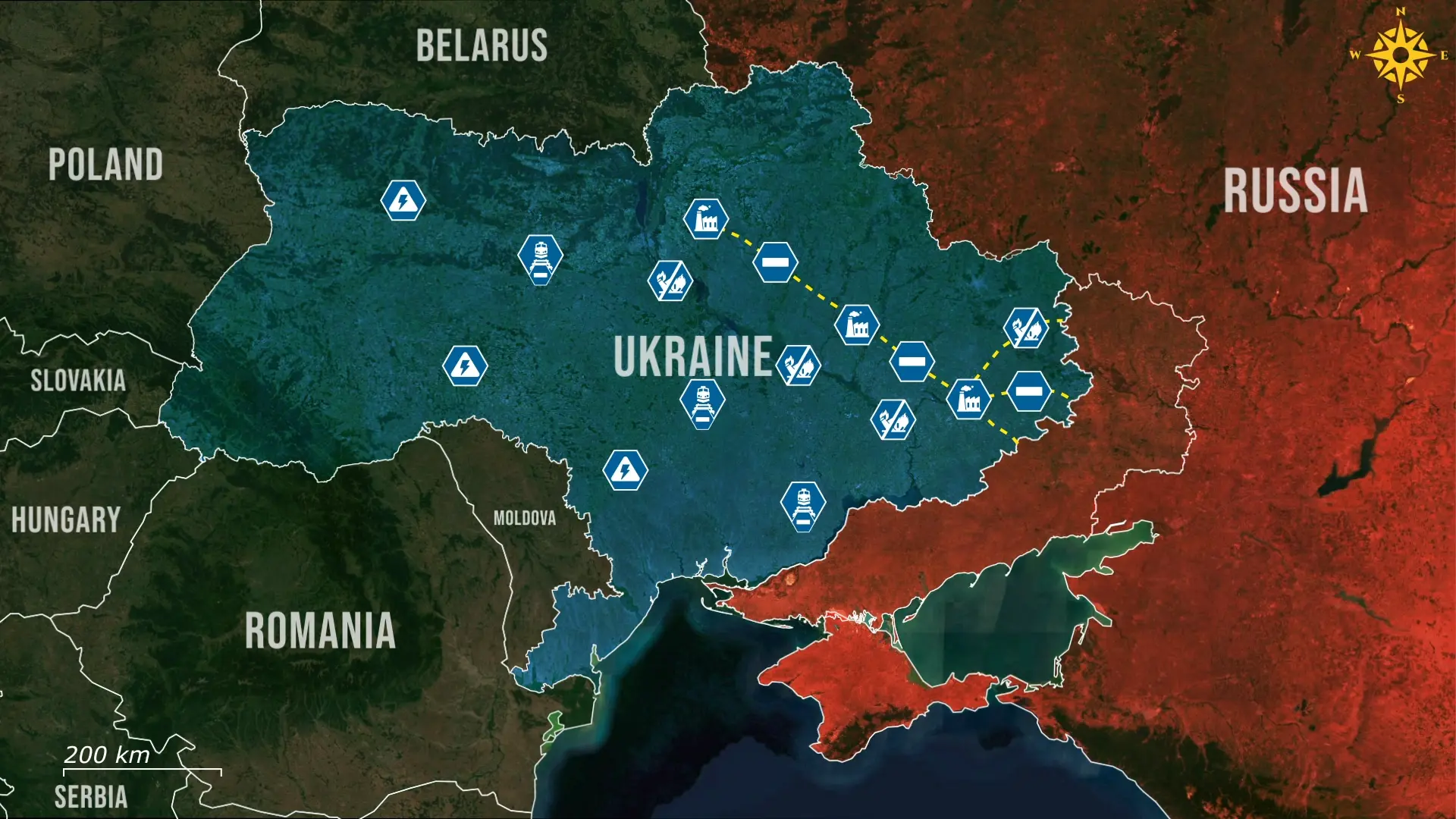
Russia’s unified approach to destroy Ukraine’s energy infrastructure started with attacks on hydroelectric and thermal power plants. Explosions ignited the Dnieper hydroelectric power plant and damaged at least three generators, but emergency water discharge continues at the facility. Russia used Shahed drones, Kalibr cruise missiles, and hypersonic Kinzhal missiles to hit the Burshtyn Thermal Power Plant, resulting in the plant’s destruction, which is now deemed beyond repair according to statements from regional officials.
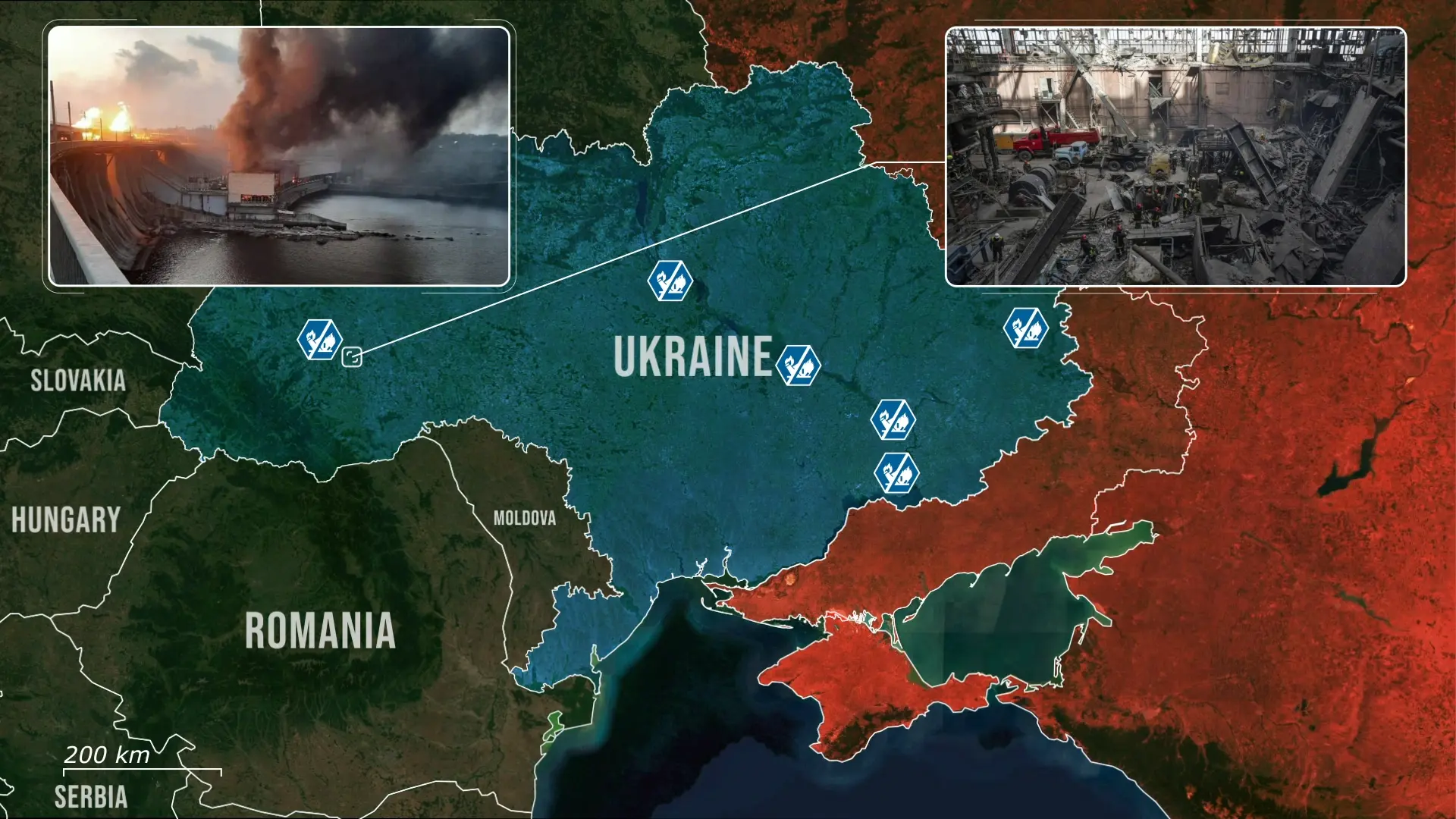
Explosions at the Ladizhyn Thermal Power Plant caused severe damage to multiple units, triggering prolonged fires and disrupting electricity, heating, and water supplies in the nearby city. The strikes inflicted critical damage on the facility’s turbine halls and boiler rooms, with analysts assessing that restoration efforts may require several months.
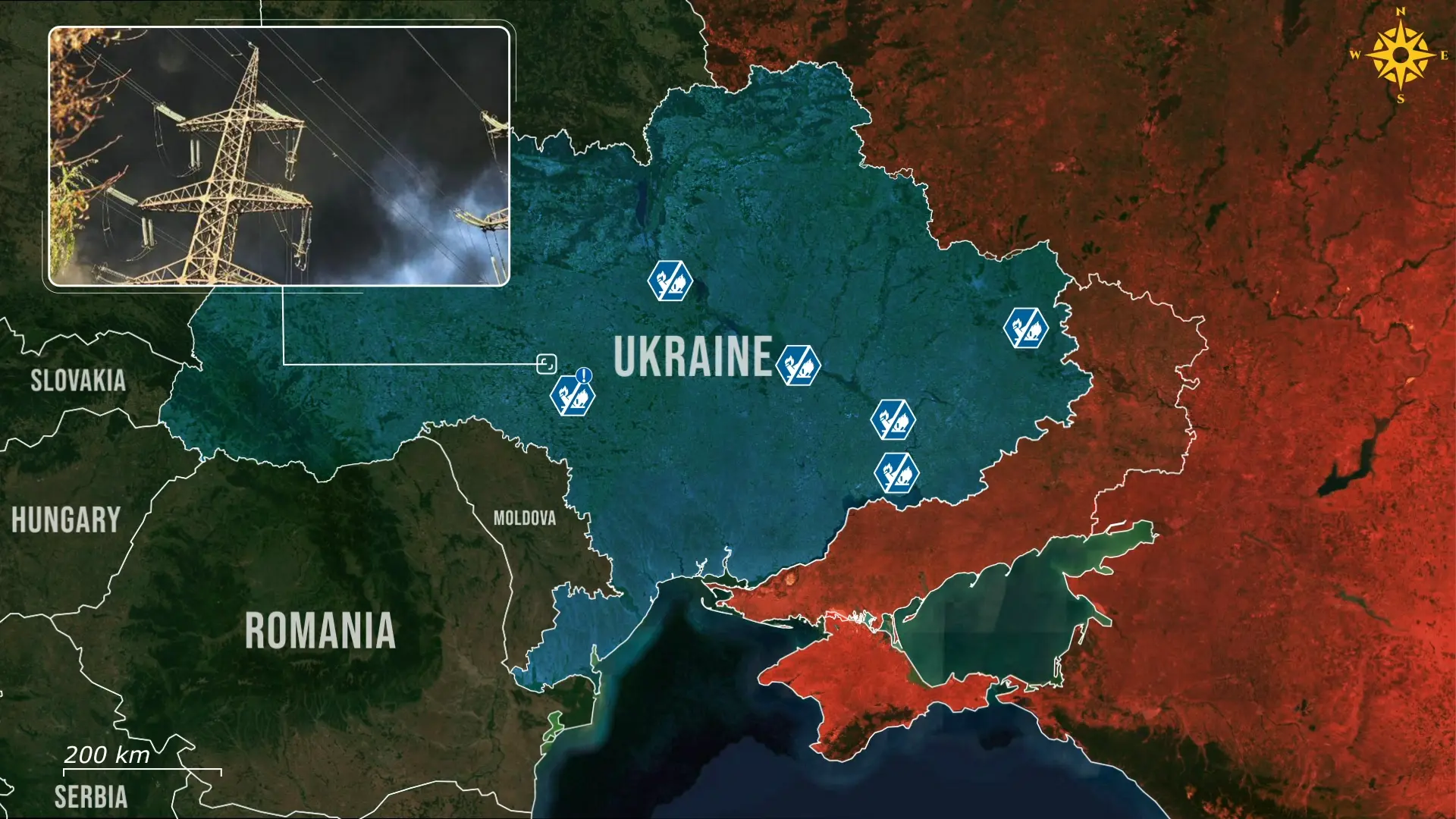
While Russia has avoided attacking Ukraine’s nuclear power plants directly so far, the supply routes from them can be cut off by striking open distribution devices and the substations, on which the plants depend for base electricity to continue running. This is why Russia targeted power substations linked to the Khmelnytskyi and Rivne nuclear plants, leaving these facilities without a stable electricity supply and endangering their cooling systems, forcing them to rely on on-site generators meant as an emergency resort.
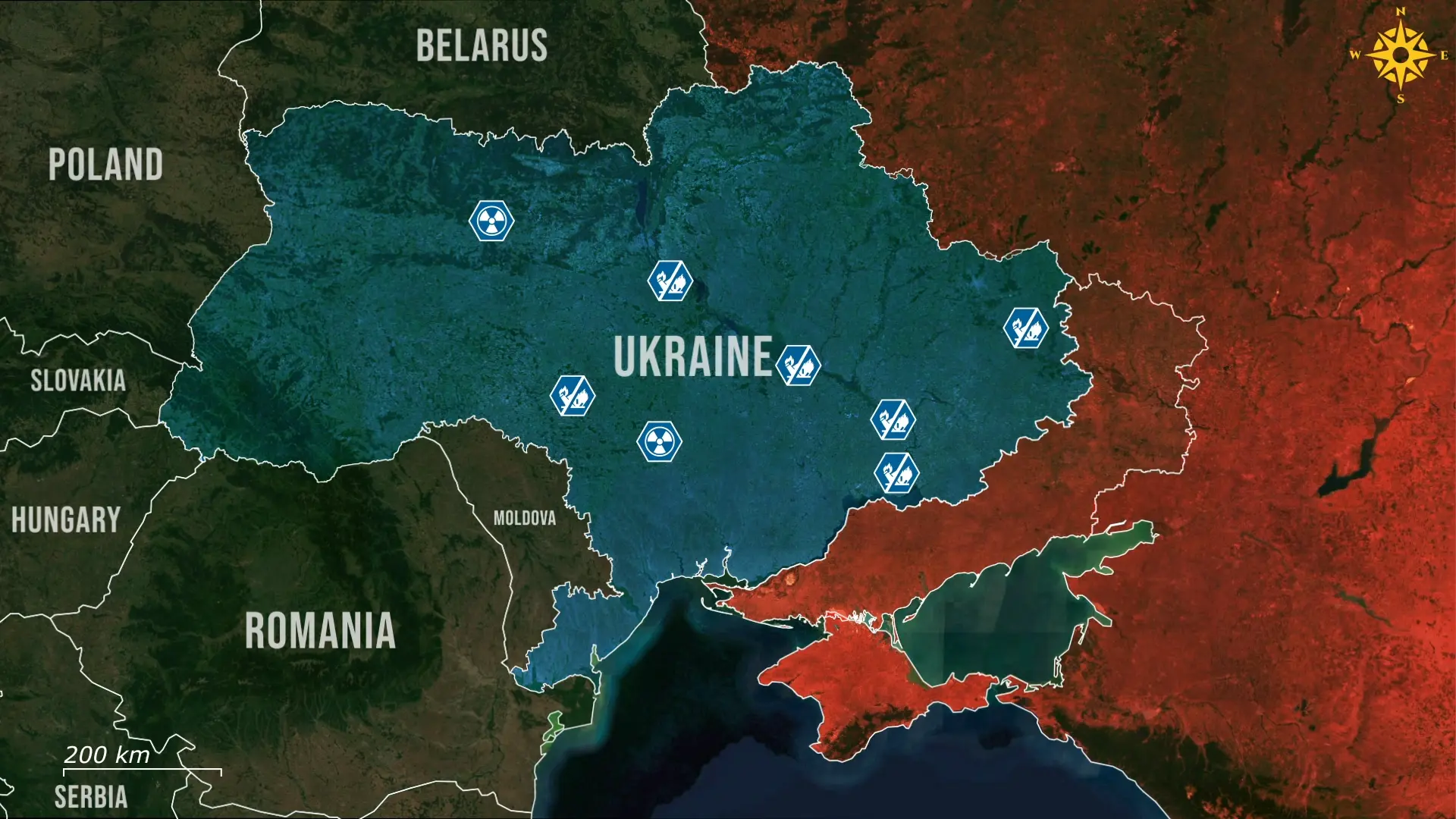
Russia’s campaign has targeted not only Ukraine’s energy generation facilities but also its transformers and transmission infrastructure. The strikes have rendered nearly all substations operating at voltages above 330 kilovolts inoperative, significantly impairing the stability and resilience of Ukraine’s power grid.

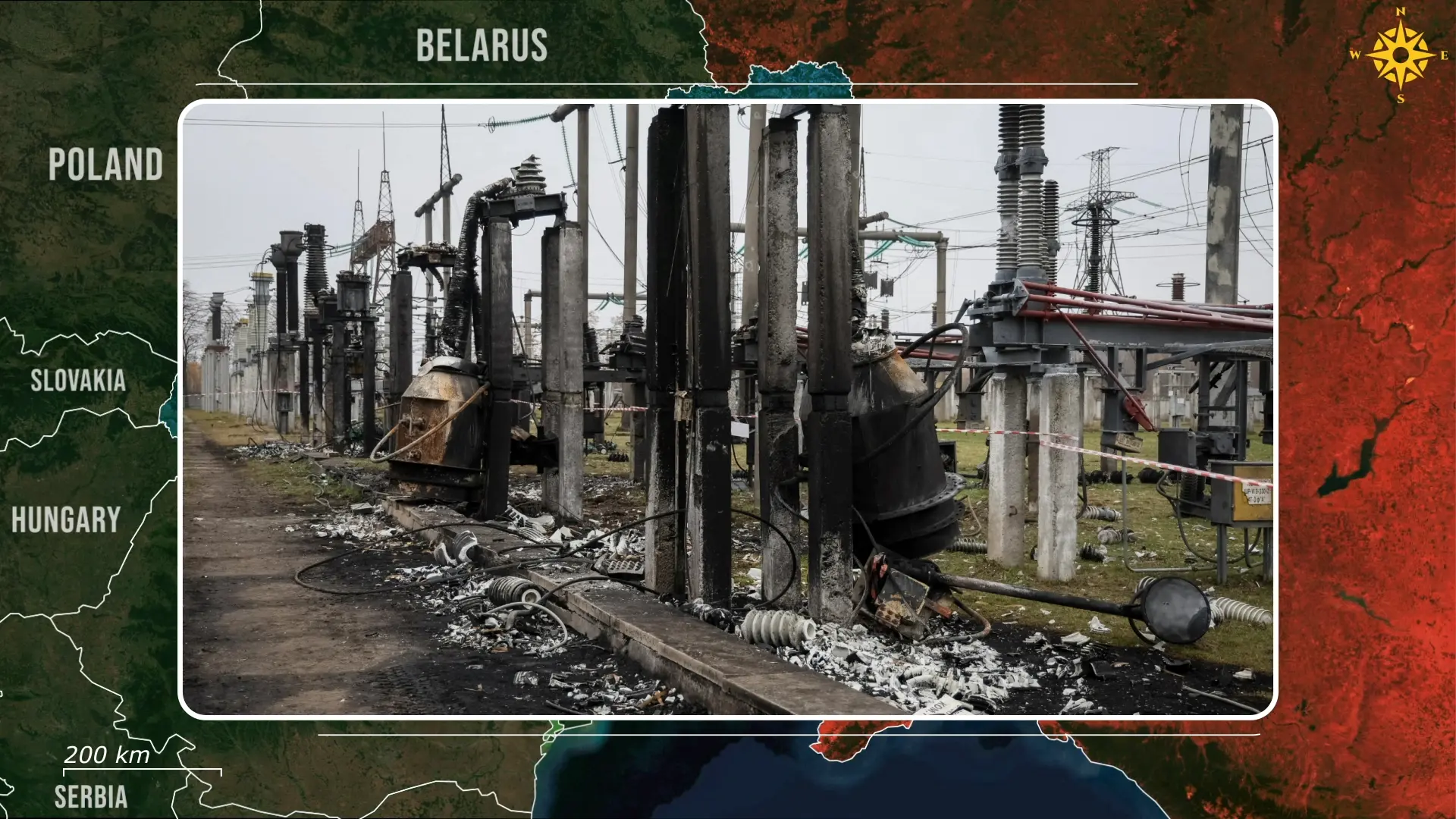
Overall, interruptions from the Russian strikes will continue for several weeks, despite Ukrainian specialists carrying out repairs in the attacked facilities. Energy shortages are also avoided in part thanks to solar generation, which is widely distributed across many regions of the country in a decentralized manner. An important role in compensating for the missing capacity for Ukraine is also played by electricity imports from the EU, but the energy grid is currently fragmented, which means that electricity cannot be sent to the other parts of the country due to the Russian attacks on transformers and substations. Ukraine will need more air defense systems and decentralized energy generation capabilities to be able to maintain the uninterrupted flow of electricity throughout the country.
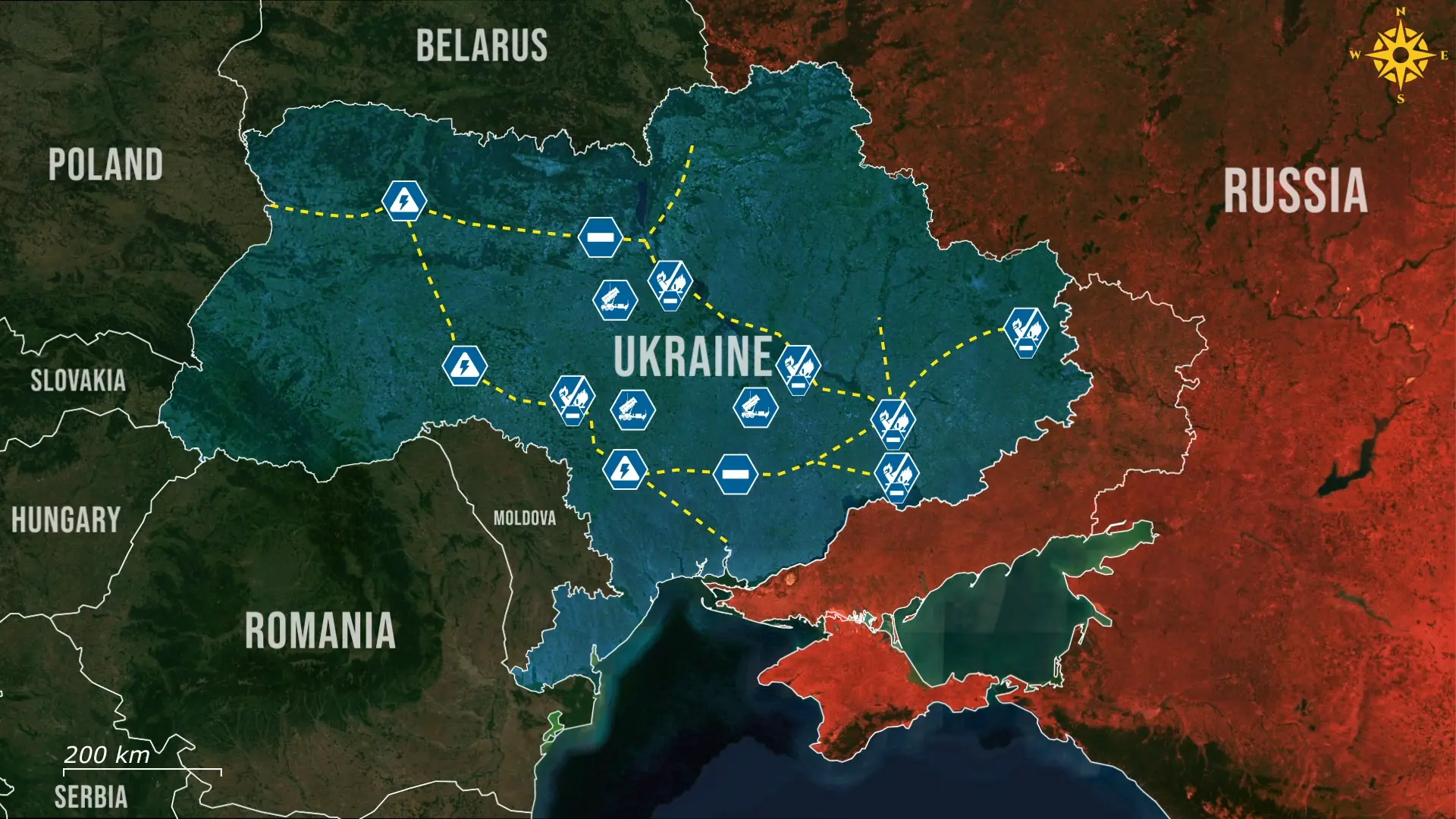









.jpg)



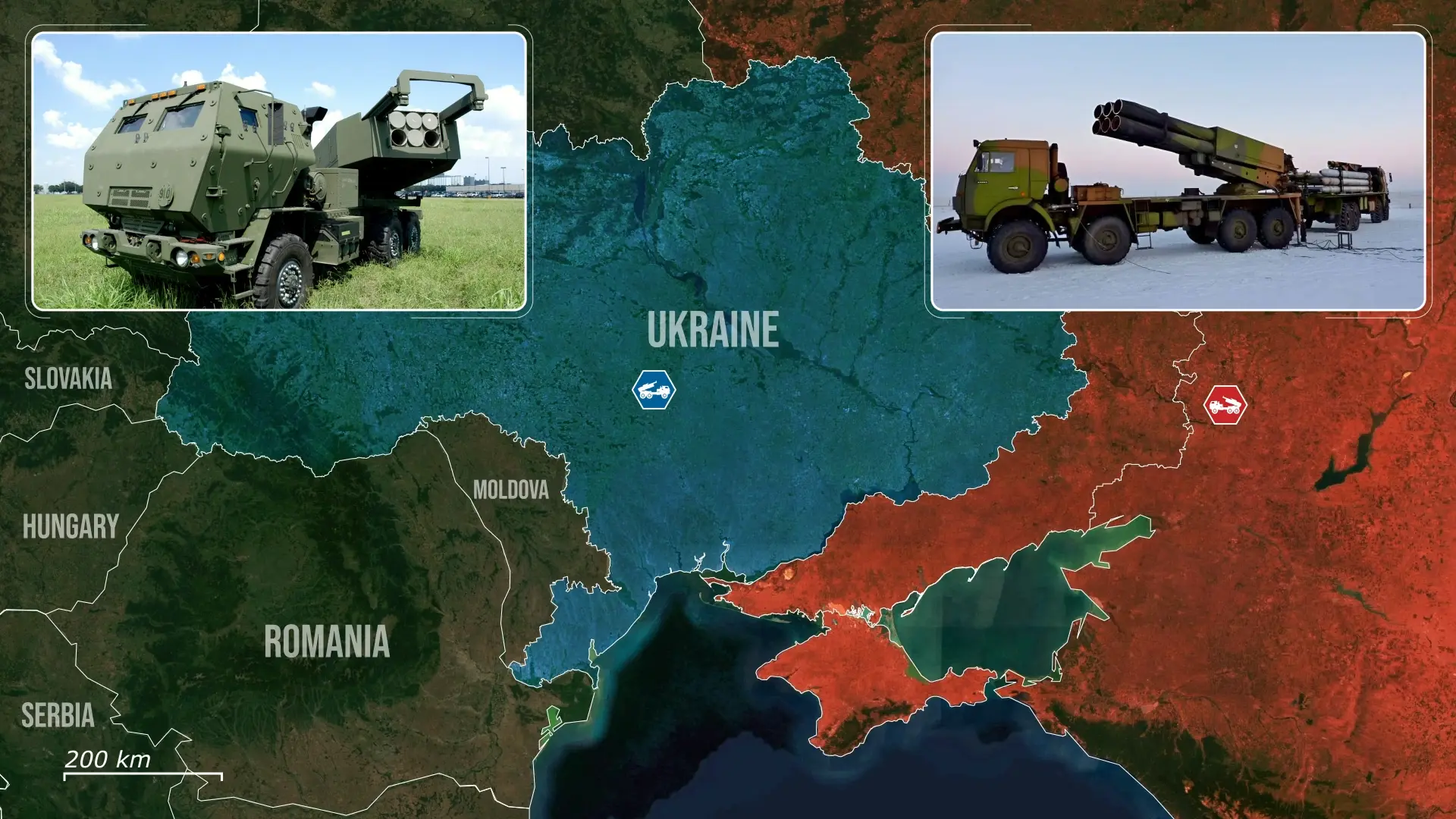


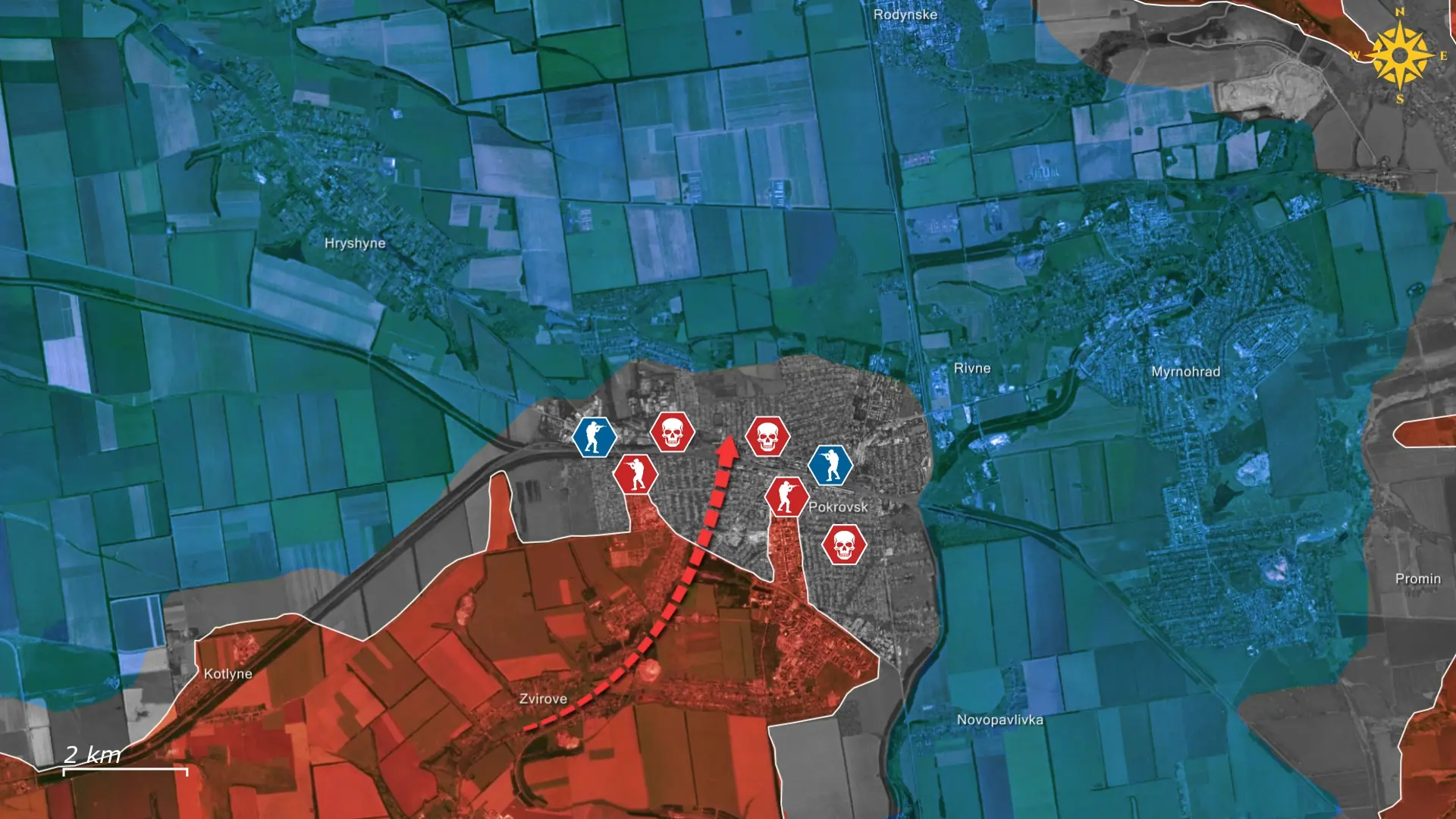
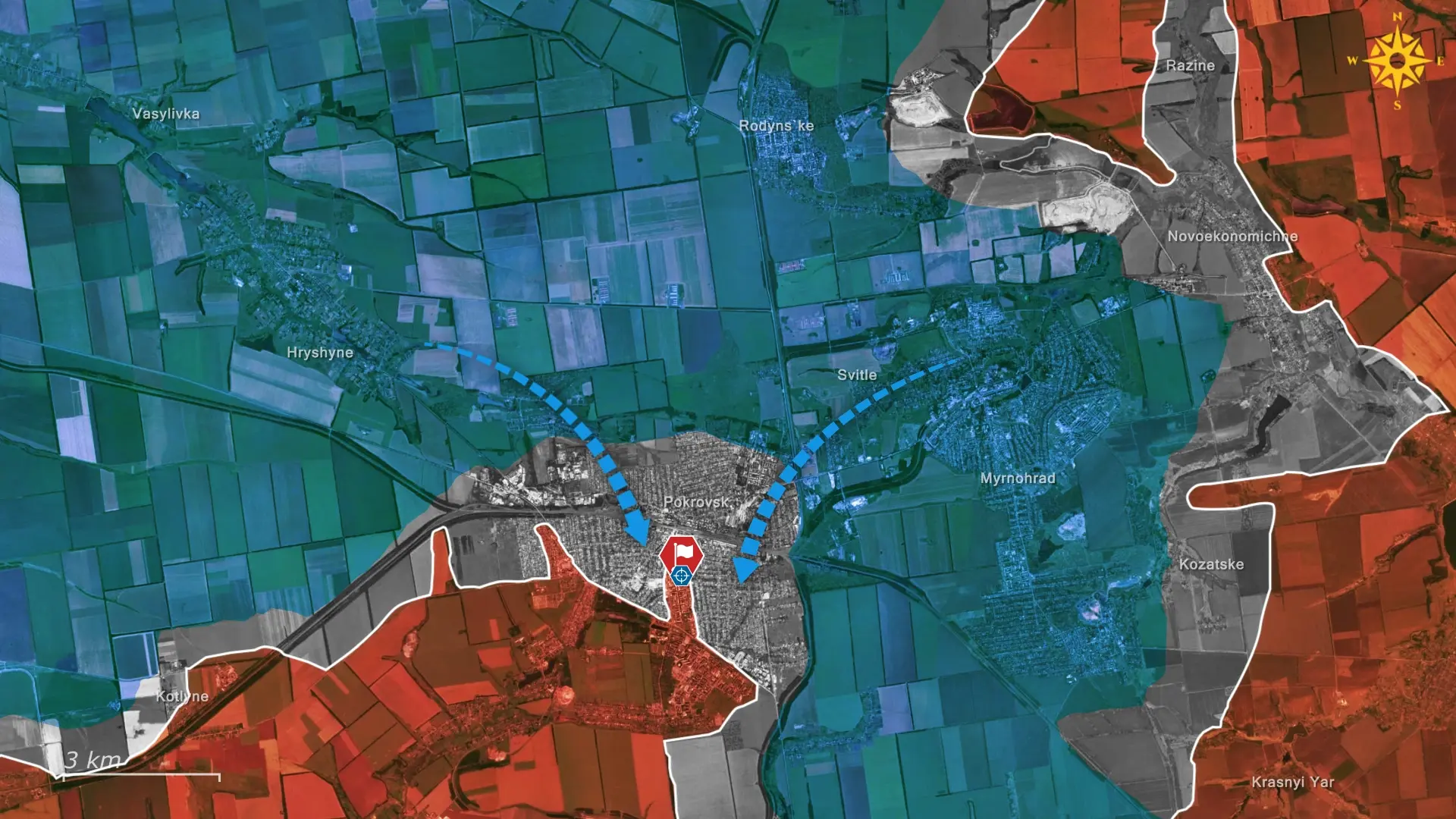
Comments